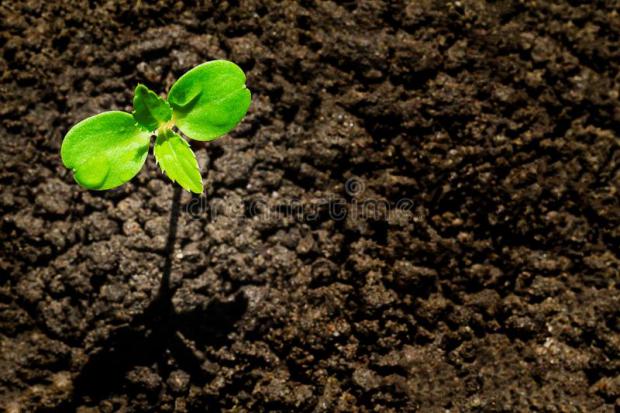
Breaking News
 Six men are making AI decisions for 8 billion people
Six men are making AI decisions for 8 billion people
 Making a Killing: FULL DOCUMENTARY FILM
Making a Killing: FULL DOCUMENTARY FILM
 Rockefeller Foundation Partners With MrBeast To Target Youth With "Next-Gen" Propaganda
Rockefeller Foundation Partners With MrBeast To Target Youth With "Next-Gen" Propaganda
Top Tech News
 Build a Greenhouse HEATER that Lasts 10-15 DAYS!
Build a Greenhouse HEATER that Lasts 10-15 DAYS!
 Look at the genius idea he came up with using this tank that nobody wanted
Look at the genius idea he came up with using this tank that nobody wanted
 Latest Comet 3I Atlas Anomolies Like the Impossible 600,000 Mile Long Sunward Tail
Latest Comet 3I Atlas Anomolies Like the Impossible 600,000 Mile Long Sunward Tail
 Tesla Just Opened Its Biggest Supercharger Station Ever--And It's Powered By Solar And Batteries
Tesla Just Opened Its Biggest Supercharger Station Ever--And It's Powered By Solar And Batteries
 Your body already knows how to regrow limbs. We just haven't figured out how to turn it on yet.
Your body already knows how to regrow limbs. We just haven't figured out how to turn it on yet.
 We've wiretapped the gut-brain hotline to decode signals driving disease
We've wiretapped the gut-brain hotline to decode signals driving disease
 3D-printable concrete alternative hardens in three days, not four weeks
3D-printable concrete alternative hardens in three days, not four weeks
 Could satellite-beaming planes and airships make SpaceX's Starlink obsolete?
Could satellite-beaming planes and airships make SpaceX's Starlink obsolete?
Got Trees? Here's How to Grow Food in a Shade Garden

My entire lot is 59' square, and my house sits on a large chunk of that. I've turned as much as possible to food production and you can too. This article will deal with the shady garden areas. What can be grown in the shade garden, and how?
What is a shade garden?
Shade is a relative term of course. Shade gardens are usually areas with little or no direct sunlight. This can be an area near a building or under a tree and is often used as an ornamental area. There are, however, many flowers, greens, and herbs that grow well in such areas. Spinach actually prefers the cooler area.
According to Swanson Nursery, other edible items include arugula, endive, lettuce, sorrel, collards, kale, mustard greens, Swiss chard, beets, carrots, potatoes, radishes, rutabaga, turnips, brassicas such as broccoli and cauliflower, Brussels sprouts, and cabbage. Herbs such as mint, chervil, chives, coriander/cilantro, oregano, and parsley will do well in a shade garden.
In my experience, the brassicas do better in direct sunlight and also need lots of room. Potatoes ditto. these prefer cooler temperatures but lots of sunlight and again, room to spread and form tubers. But 3-4 hours of sun will still produce something, and that's better than nothing. You might also consider alliums such as onions, leeks, and garlic.
What can I grow?
How big is your space, and what's the soil like? This will dictate what can be grown there and how. If the space is small, then the alliums mentioned above, along with the greens and herbs might be your best option. The smaller root vegetables mentioned above will also work in small spaces, and best of all, the greens of beets, carrots, and radishes are all edible! Your shady garden can serve as a cut-and-come-again garden. Just be sure to leave at least 1/3 of the leaves so the plant can continue to grow and produce.

 Defend yourself like a pro
Defend yourself like a pro First totally synthetic human brain model has been realized
First totally synthetic human brain model has been realized Mach-23 potato gun to shoot satellites into space
Mach-23 potato gun to shoot satellites into space

